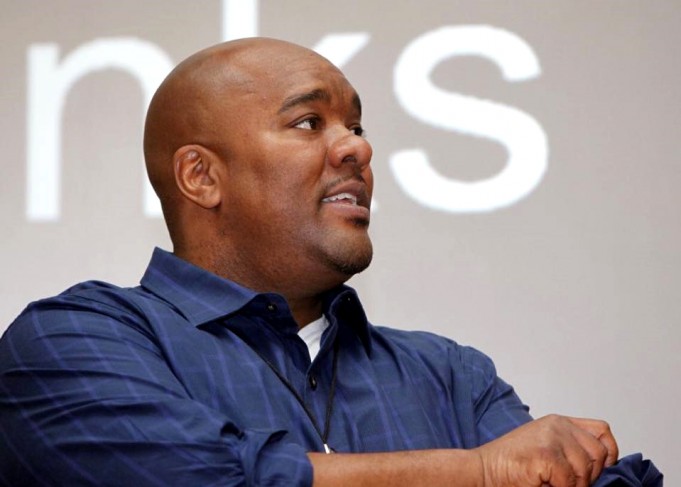We have almost 100 languages spoken in our public schools and it is important that the Madison Metropolitan School District (MMSD) consider a comprehensive plan that creates full inclusion in the classroom and a program that is designed for both fluent and English Language Learners. The fact that it takes almost a decade for English Language Learners to become fully proficient in English is a challenge our schools and communities need to address.
The Plan: Based on the information that has been presented. It appears there is a good recommendation in front of the school board that warrants additional community feedback and support. With that being said, I also believe the plan needs additional adjustments and insurances with data that will support the recommended models being proposed. I have been approached by school board members, teachers and community leaders asking for my input. Below are four areas of concern and recommendations to consider.
Language Models, Diversity and Inclusion: The final plan needs to demonstrate to the community its recommendations for ensuring the greatest probability for students to attain language fluency. The district is recommending the bilingual Dual Language Immersion and Developmental Bilingual models. The district believes with quality implementation over time that students will reach higher levels of proficiency and graduate from high school being bilingual. The final plan also has robust strategies but needs to articulate how its efforts will create a learning environment where English language learners can be enrolled in dual language programs with students who are fluent in English in a diverse environment.
Financial Support and Sustainability: It is my understanding that students in English language programs typically need additional resources and support to adjust to the various complications of learning a new language. As a result, these students typically require additional funding and support in order for a program like this to be effective. The final plan should demonstrate financial support and sustainability. Currently there are limited spaces for English speakers in the program, the only way to create more diversity is to expand dual language immersion opportunities, not to contract them out for services. The proposed plan does have increased and ongoing support for staffing, transportation, curriculum development and professional development.
Access & Inclusion: In the past, the program has not demonstrated the level of diversity and inclusion that is reflective of our student body. The plan, which includes a recommendation to implement Dual Language Immersion is one of a few models being recommended. Please note, Federal and State Law require that a program(s) support English Language Learners with bilingual programming. In order to provide more access to English speakers that are economically disadvantaged, the plan could give preference to children of English Speaking families in free and reduced lunches that apply to the program. That in itself could increase the diversity of the programs. The district need to ensure and demonstrate balance that this program or other new programs don’t hurt marginalized students.
ESL Certified Teachers: What will happen to teachers who can’t get ESL certified? What professional development opportunities and financial support will they receive to ensure the long term support of the students who need these services? It is my understanding that the current 90/10 model does require more bilingually certified teachers, which are difficult to find. The current plan is calling for a 50/50 model that can be implemented effectively. It is my understanding that NO teacher will lose their jobs as a result of the plan. However, if they can’t or don’t want to be certified as ESL teachers they will be assigned to other classrooms or schools where their skills and expertise are needed. It is also my understanding that the plan does have tuition reimbursement for teachers who want to pursue additional certifications in ESL or bilingual programs. I hope that as the population of English language learners increases, so will the demand for bilingual or ESL certified teachers.
Community Feedback: I am glad school board members are asking probing questions and that the community and teacher’s voices are being heard. I applaud MMSD for taking on this issue and will encourage Dr. Cheatham and her administration to continue to seek community feedback in order to ensure that the final proposal addresses site selection, highly mobile families, special education and homeless students.
In the upcoming weeks I will meet with some of our public school teachers, a few board members, past board members, school administrators and other community leaders to better understand the proposal before offering additional commentary. I would also ask that the community at large attend the scheduled listening sessions and offer commentary prior to a decision being made. There are some challenges the proposal will present and I am asking that we collectively refrain from divisive tactics and keep the focus on the merits of the plan because this decision can have a lasting impact on thousands of our kids for generations to come. Allow your voice to be heard.




























